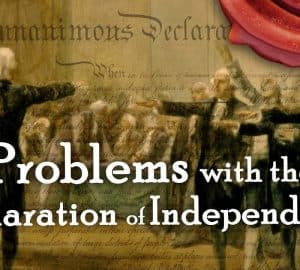It can be difficult for anyone, especially for a civilian who has never heard a shot fired in anger, to imagine what a battle of the American Revolution would have been like. Billowing clouds of smoke, a thundering cacophony of sound, adrenaline coursing through your body, and many other factors combined to produce events that may never be seen or felt again, In his book on the Battle of Cowpens, historian Lawrence Babits gives an admirable description of some of the things that soldiers would have been experiencing.
In combat, distances seem foreshortened. When a person is in desperate straits, time seems to slow down; action seems to occur in slow motion. … [T]he musketeer, under the eyes of watchful sergeants, mechanically follows the manual of exercise that will guarantee his survival. During loading and firing, soldiers noticed little increments of their task. The dry taste of black powder and waxed paper cartridges was one step. Then, a rattle of ramrods in the barrels as new charges of buck and ball were forced home against the breech plug with a distinctive ping. Platoon and division volleys crashed with bright yellow flashes from pan and barrel…. The blast of noise and light was so dramatic a soldier could not tell if his own musket fired. … The acrid smell of burnt powder, greasy black smears on the hand and face from ramrods grown slick with sweat and powder residue, and cut thumbs from mishandling the musket’s cock added to individual perceptions of the fight. There was a disconcerting whiz of balls going overhead, thwacking against trees, thudding into the ground, or the awful thunk of lead striking flesh and bone. A growing undertone of groans was punctuated by shrill screams of the wounded. Cutting across these distractions came the commands as officers called out, “Prime and load!; Shoulder; Make Ready; Take Aim!; Fire!” and then repeated the cycle.1
1. A Devil of a Whipping: The Battle of Cowpens by Lawrence Babits (Chapel Hill: University of North Carolina Press, 1998) p. 103-104



